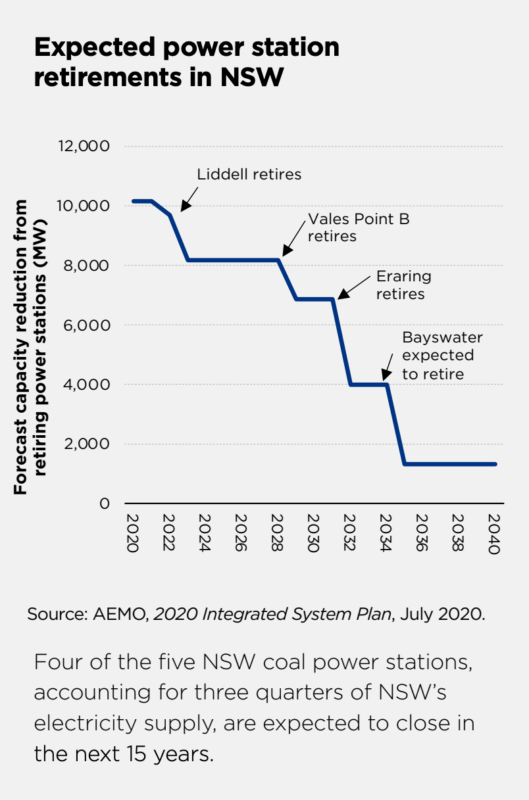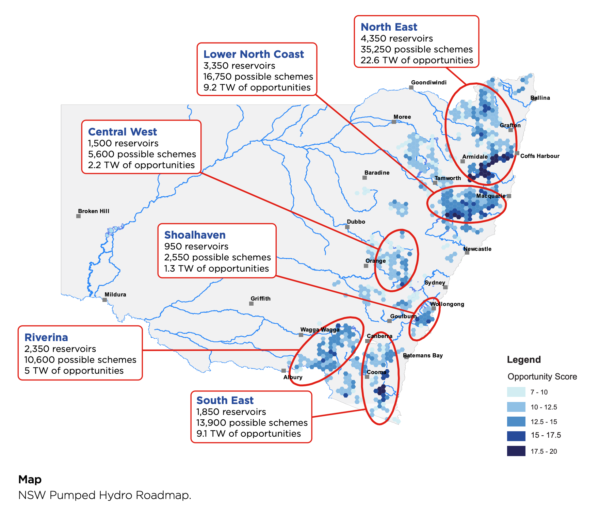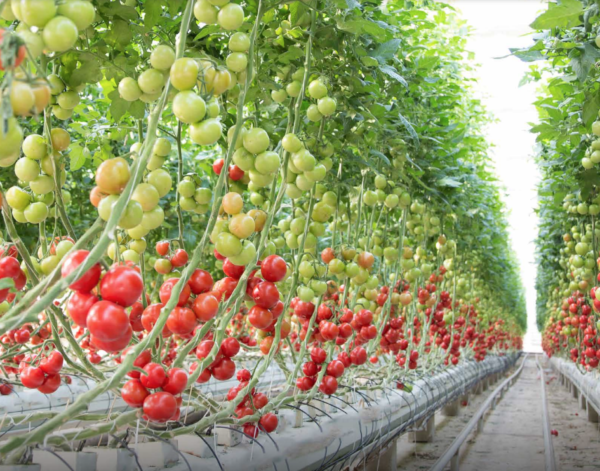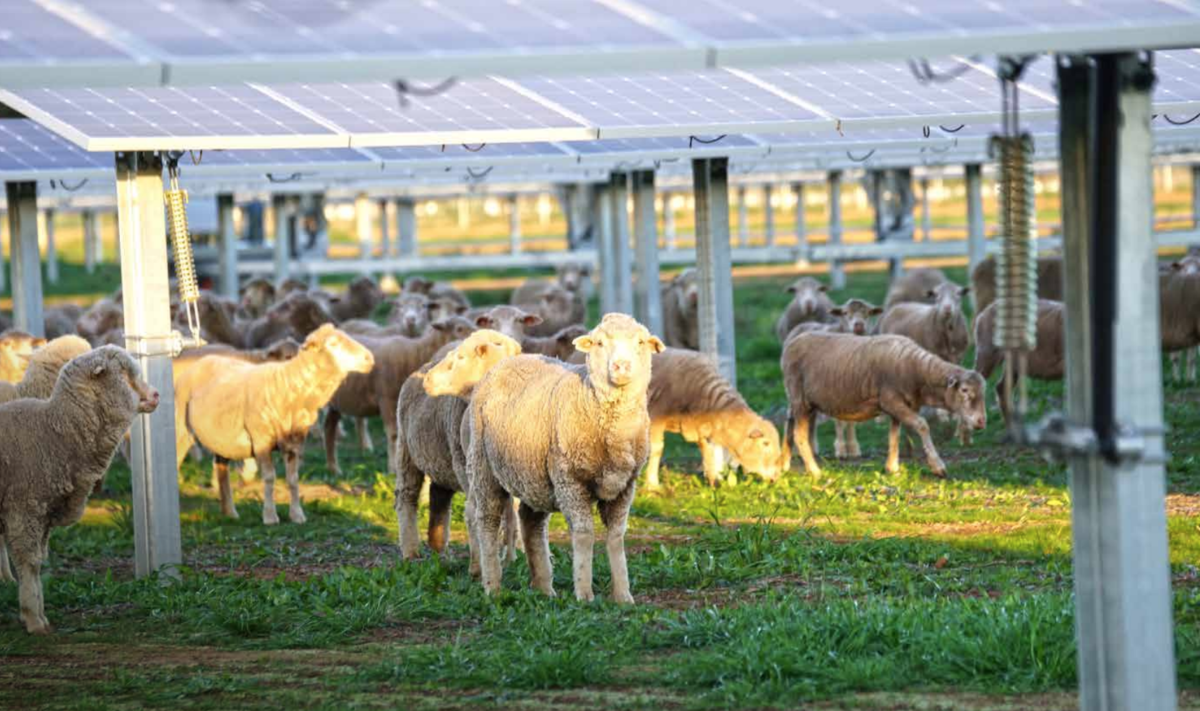Even as Australia’s Prime Minister Scott Morrison reiterated his determination not to set a national target of net-zero emissions by 2050, NSW Energy and Environment Minister Matt Kean was today launching another lynchpin in the state’s plan to systematically transition from coal-fired power generation to renewables-based electricity in a way that integrates economic benefits to the state’s regions and consumers.
The NSW Electricity Infrastructure Roadmap charts a path to construction of 12 GW of new large-scale solar and wind generations, attracting $32 billion in private investment, creating 6,300 construction jobs and 2,800 ongoing jobs in 2030; and a reduction in the annual electricity bills to businesses of around $430, and to the average household of around $130.
Kean’s announcement of the newly formulated Roadmap coincided with a global shift in support for Climate Change action as President-Elect Joe Biden outline the US reengagement with the Paris Agreement and much more on the energy transition front; and with an Australian surge of support for independent MP Zali Steggall as she today reintroduced a Climate Change Bill to the Australian Parliament.
Perhaps more important than the numbers around the NSW Electricity Infrastructure Roadmap, is the way in which it integrates known resources with proven technologies; industrial, agricultural and manufacturing opportunities; and the projected retirement of coal-fired generation.

“This is the biggest, most substantial commitment by any state government to a clean energy transition,” said WWF-Australia Energy Transition Manager, Nicky Ison, who added that the plan represents “a major strategic pivot towards making Australia a renewable superpower.”
The Berejiklian Government Roadmap incorporates earlier NSW announcements of accelerated Renewable Energy Zones, a Pumped Hydro Roadmap and colocation of industry with lowest-cost electricity generated by renewables.
It is a whole-of system approach built around five foundational pillars:
- Driving investment in regional NSW
Regional areas will become the new powerhouse of the state. Coordinated build of transmission, storage and renewable generation will generate jobs and result in an estimated $1.5 billion in lease payments by 2042, to landholders who choose to host renewable infrastructure, helping to drought-proof Australia’s farming communities. Cheap, readily available renewable electricity will unlock intensified food cultivation and processing, creating ongoing, skilled job opportunities.
Bonus: Regions hosting Renewable Energy Zones can also benefit from improved communications as telecommunications infrastructure piggybacks on transmission line build out.
2. Delivering energy storage infrastructure
The Roadmap acknowledges that to ensure reliable 24-hour power from renewable sources they need to be backed up by long-duration energy storage, such as pumped-hydro energy storage, but that the path to development of such infrastructure is costly and time-consuming and often prohibitive to private investment.
The NSW Government will establish a $50 million Pumped Hydro Recoverable Grants Program to support feasibility studies and development of up to 3 GW of pumped hydro projects (2 GW of which will be brownfield projects incorporating existing dam infrastructure), in order to ensure that reliability is built into the system in advance of the retirement of coal-fired power-stations.

Image: NSW Government
3. Delivering Renewable Energy Zones
Viewed as the modern day equivalent of power stations, REZs will enable integration of transmission, generation and storage infrastructure to ensure efficiencies, and also co-ordinated engagement with communities, so that they can appreciate the full extent of construction and opportunity in their region.
The state government has already committed $120 million to accelerating development of two REZs — a 3 GW zone in the Central-West-Orana region and an 8 GW zone in the New England region. A third REZ is yet to be announced.
NSW will now also establish the Transmission Development Scheme to crack the existing chicken-and-egg rules governing transmission build out in response to electricity generation capacity. This will de-risk building of transmission capacity in tandem with generation build, so that they coincide to bring new clean electricity into the system as coal-fired stations are retired.
The establishment of a Renewable Energy Zone planning framework will enable streamlining of assessments, attract investment, optimise complementary land uses and “deliver enduring benefits for regional communities”, according to the Roadmap.
4. Keeping the grid secure and reliable (Firming)
Firming refers to electricity generation that can deliver on demand, in particular in response to mismatches in variable renewable generation and periods of peak demand. Big batteries can store renewable energy and dispatch it when needed; gas peaking plants can quickly ramp up to meet demand spikes; and bioenergy plants can complement other firming technologies.
The NSW Electricity Infrastructure Investment Safeguard is a new mechanism introduced as part of the Roadmap to provide an investment signal or framework for technologies to compete to deliver energy services such as firming, long-duration storage and renewable generation in REZs.
A Consumer Trustee will be appointed to run a competitive process to offer Long Term Energy Services Agreements to projects on behalf of consumers with such agreements providing certainty to investors.
5. Harnessing opportunities for industry
An abundance of low-cost, reliable, renewable electricity will incentivise investment in and development of energy-intense industries in the state. The Roadmap envisages powering high-yield, food production through controlled-environment horticulture, expansion of steel and aluminium manufacturing into globally competitive and desirable green products, and of course generation of green hydrogen to power heavy transport and industrial processes.
The Roadmap posits that if NSW captured just a 6.5% share of the envisaged future green ammonia shipping fuel market, the industry would be “expected to create an additional 15,000 jobs” in the state.

Image: NSW Government
Industry praise for the Electricity Infrastructure plan
“As the Roadmap notes, global demand for zero-carbon products is growing,” says Ison, “and now will accelerate following net-zero emissions commitments by our major trading partners Japan, China, south Korea, the UK and a US government led by President-elect Jo Biden.”
Zali Steggall put it another way in an interview on ABC Radio National preceding her introduction of the Climate Change Act to Parliament this morning. She said that if we don’t green our economy and our exports in step with our trading partners, “we face very real prospects of border carbon tariffs because we won’t match up to what other countries’ commitments are”.
Clean Energy Council Chief Executive, Kane Thornton, congratulated the NSW Government on its prescience in making the state’s clean energy infrastructure needs an attractive proposition for private investment.
He said the “ambitions new plan” will provide “tremendous confidence to private investors about when and where new generation is needed” and resolve some of the key barriers to investment, “such as access to necessary transmission capacity, investment certainty through long-term energy services agreements and addressing slow and costly planning processes”.
An important caveat
With Clean Energy Council members front of mind, Thornton cautioned only that the NSW Government consider “the implications for existing generators within Renewable Energy Zones … to ensure that their value is not jeopardised” and urged Minister Kean to ensure that other advanced projects outside the REZs would continue to be assessed on their merits.
In a webinar presented by The Australia Institute this afternoon on the topic Why Australia needs the Climate Act, Director of the Climate and Energy Program at TAI, Richie Merzian introduced the session saying:
“Today, the Coalition Minister for energy and environment in New South Wales, Matt Kean, is proposing more renewable energy for the state than the Queensland and Victorian renewable energy targets put together.”
A coup for climate, common sense and the economy, the NSW Electricity Infrastructure Roadmap will, said Merzian, turn a state that “was the laggard of our country in terms of state penetration of renewables into potentially a leader”.
This content is protected by copyright and may not be reused. If you want to cooperate with us and would like to reuse some of our content, please contact: editors@pv-magazine.com.









7 comments
By submitting this form you agree to pv magazine using your data for the purposes of publishing your comment.
Your personal data will only be disclosed or otherwise transmitted to third parties for the purposes of spam filtering or if this is necessary for technical maintenance of the website. Any other transfer to third parties will not take place unless this is justified on the basis of applicable data protection regulations or if pv magazine is legally obliged to do so.
You may revoke this consent at any time with effect for the future, in which case your personal data will be deleted immediately. Otherwise, your data will be deleted if pv magazine has processed your request or the purpose of data storage is fulfilled.
Further information on data privacy can be found in our Data Protection Policy.